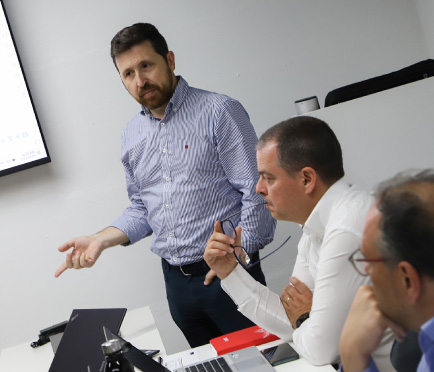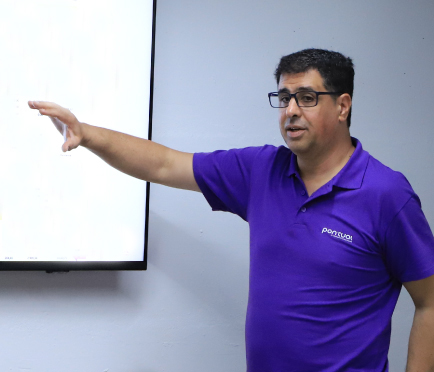Technological solutions designed with the production sector in mind
From the factory floor to production management, rely on solutions developed with the unique processes and challenges of today’s industries in mind.

Total control from the factory floor to top management
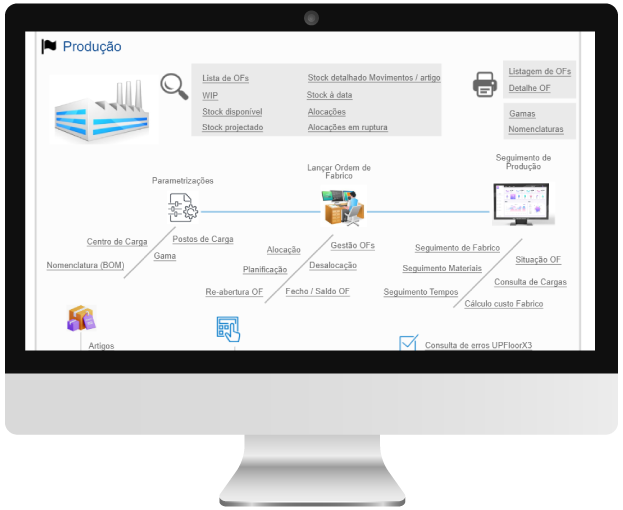
360º Production Management
Your Subtitle Goes Here
The production management software is the tool that accompanies the entire product journey, from raw material to customer delivery. All to ensure quality, regulatory compliance, and product safety, and to intervene quickly to resolve bottlenecks.
Efficient stock management
Your Subtitle Goes Here
Gain visibility over stocks and manage more efficiently, minimizing accumulations, avoiding shortages, reducing costs, and thus improving customer response.
Quality management
Your Subtitle Goes Here
The quality management features of an industrial ERP bring more rigor to processes and allow for the establishment and monitoring of product performance metrics. This brings not only more efficiency but also more quality to the production process.
Mobility and remote access
Your Subtitle Goes Here
Nowadays, most management software is hosted in a Cloud environment, allowing access to information and decision-making from any location with internet access.
Talk to Us
Turn Industrial Management Challenges into a Competitive Advantage
Turn challenges into a competitive advantage with PONTUAL’s industrial software solutions. Do more in less time, innovate in factory floor management, and achieve the success you aspire for your business.
Designed in Detail for the Needs of the Industry
The industrial management software includes all essential functionalities for the manufacturing industry – from bill of materials (BOM) management to planning, production control, and quality, among others.
All so you can be aware, in real-time, of everything happening at every moment of the process.

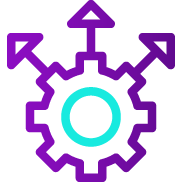
Intelligent Resource Management
With a real-time view of all stages, you can know exactly where and how to improve your process.

Productivity Increase
Agilely monitor all factory floor operations and make quick adjustments, reducing downtime.

Operational Efficiency
By reducing manual and repetitive tasks, the industrial ERP allows your employees to focus on more strategic tasks.

Technology that Streamlines Even the most Complex Operations
From raw materials to finished products, there are countless operations that require agile tools to assist tasks such as demand forecasting, procurement, supplier management, and material tracking. Production management software is the driving force behind smoother operations without delays.

Quality Standardization
Increasing consistency in production operations gives you more assurance of quality products, reducing possible variations.
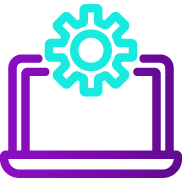
Resource Optimization
Manage your resources more agilely, optimizing equipment use and team management, reducing waste.

Total Traceability
Track the entire product journey from raw material to customer delivery, with real-time updated data.
Increase your Company’s Market Adaptability
In a constantly changing market, ensuring competitiveness requires great adaptability and anticipation of new scenarios. With technology solutions for production management, you will be able to accelerate your operational processes and gain more capacity to adjust to market demands.


Advanced Data Analysis
Strengthen your business management with data analyses that allow you to identify trends, consumption patterns, and sales opportunities.

Information Integration
Automatically integrate all your base ERP data into the production software to access information more quickly.

Trend Forecasting
Predict demand levels, future supply needs through accurate data, and increase profit margins.
We are the Right Partner to Help You Improve Industrial Processes
Implementing suitable software is a big step to increasing efficiency and streamlining your industry’s production process. However, it’s not everything – it’s important to do it with the right implementation partner.
Over decades, PONTUAL has specialized in technological management solutions for the industry. Our consultants know the needs of industrial managers, and without an experienced team behind it, technology alone doesn’t do all the work.
Shall we work together?

Over 3,000 Clients Trust Us


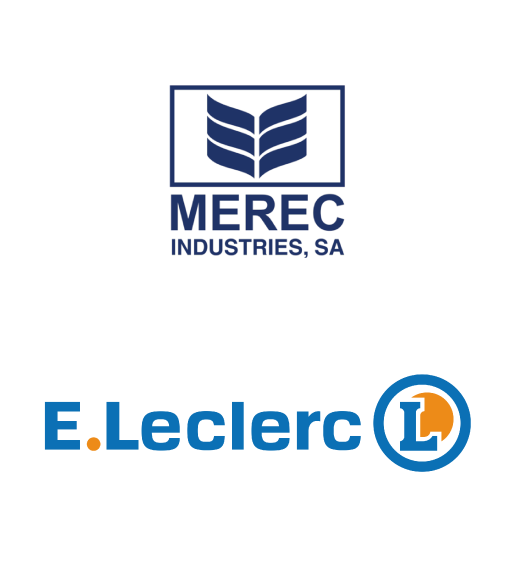
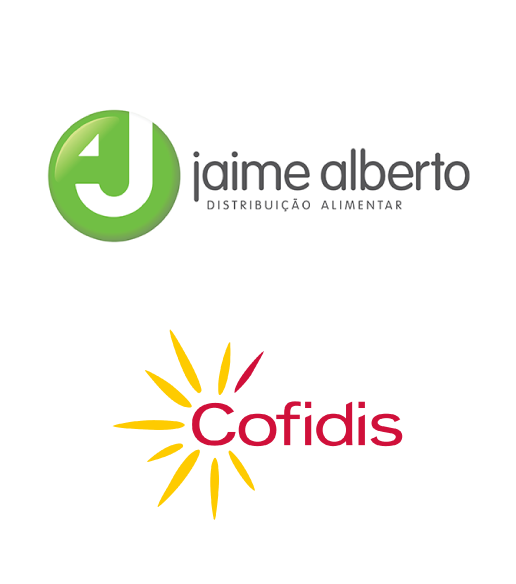
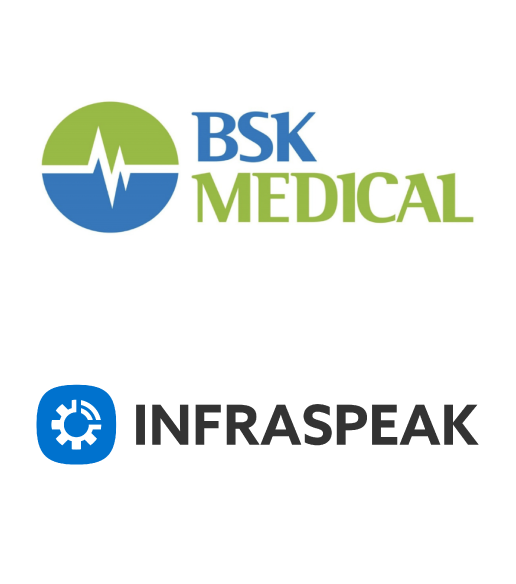

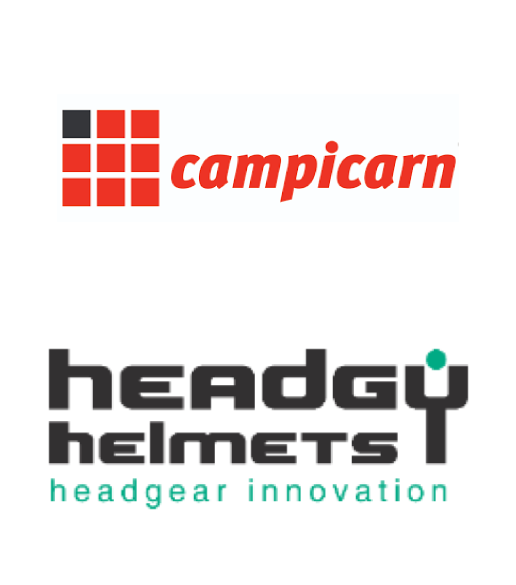
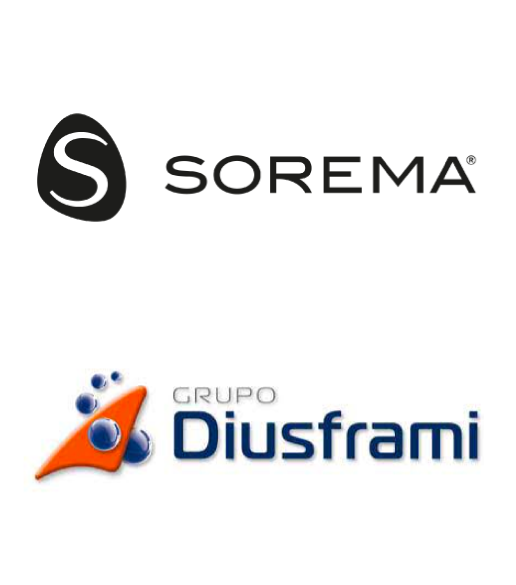

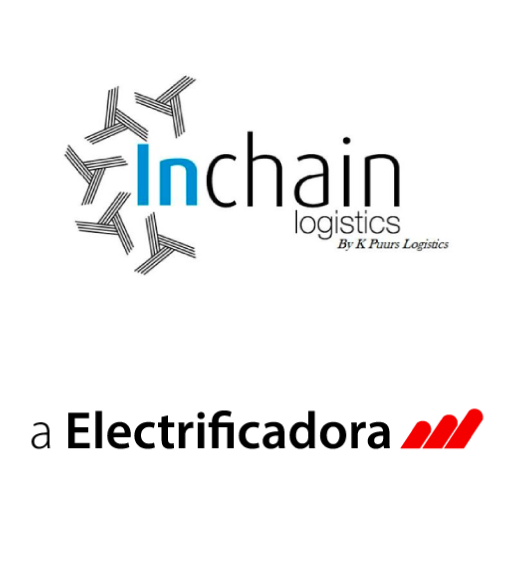
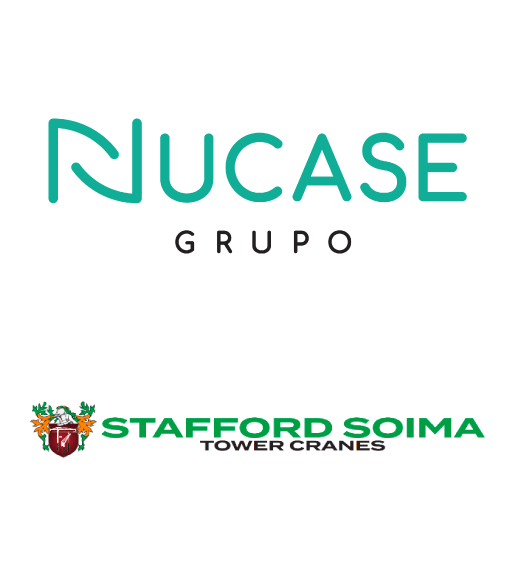
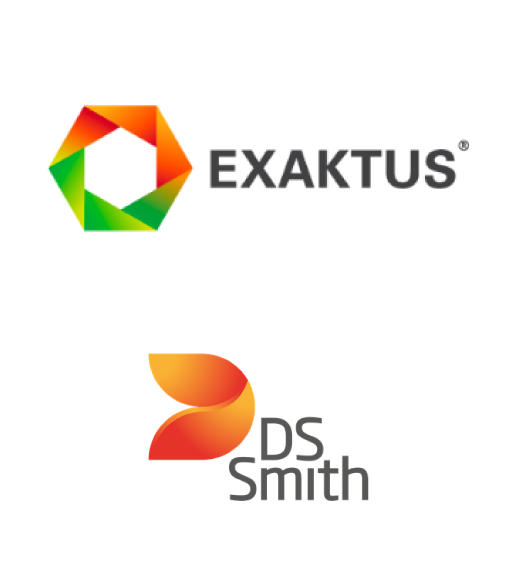

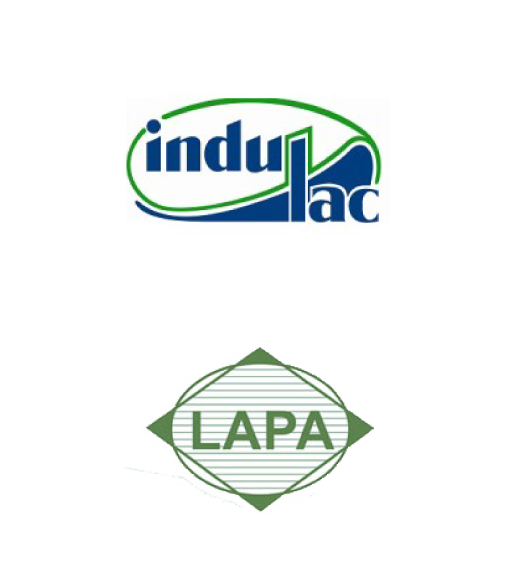
Frequently Asked Questions
How long does it take and how does the process of implementing production management software work?
Your Subtitle Goes Here
The choice of technology partner is essential, as it is from there that all subsequent work will be carried out. Find out more about the criteria to take into account before selecting a partner.
There is no set timeframe for implementation, but as it is a complex process, it usually takes several months to complete. All this also depends on the degree of complexity of the requirements of each solution, the availability of the teams, among other aspects.
How many phases does the process of implementing production management software involve?
Your Subtitle Goes Here
These are some of the phases normally included in ERP implementation processes:
- Needs Assessment and Planning: The scope and objectives of the project are defined and the technical requirements are assessed. All of this information is then translated into a timetable which mirrors the phases of the project. Responsibilities and teams within the project are also defined (both on the partner’s and the client’s side).
- Data Migration: Normally, there is software that is already used by the company before this new implementation – be it Excel sheets, more robust solutions or other systems – whose data needs to be processed and migrated to the new software. This phase involves data migration, guaranteeing the integrity and accuracy of the entire process.
- Development and Configuration: The partner will begin the technical development of the solution, making adjustments and adapting it to the specific production requirements, workflows and organizational structure.
- Testing: The production management software is subjected to an exhaustive battery of tests to identify and resolve any problems or bugs.
- Training: The partner’s team will train the client’s team on how to use the software effectively, presenting all the functionalities and explaining the concepts of basic navigation, data input and analysis and report creation.
- Starting to use the software: This is the moment of transition to the new industrial management software. The client’s teams should gradually become autonomous in their use of the tool, so it is important that the implementation partner is available to clarify any doubts or other questions. On the client’s side, it’s important to closely monitor use, in order to understand if there are still any details to improve.
- Continuous improvement: The process of implementing industrial software may be complete, but in reality, the partnership between the two parties must be maintained over time. It is normal to need to implement new functionalities, modules or even customizations that make sense as the business develops and new needs arise. Therefore, a good software partner should keep communication channels open to this possibility. It’s also important to provide ongoing support for the tools to ensure that they are always working as well as possible.
How can I guarantee that my teams won't have any problems adopting the new industrial software?
Your Subtitle Goes Here
Whether from a technical or cultural point of view (acceptance or resistance to change, among other aspects), managers sometimes have to deal with some entropy in the adoption of industrial software by teams. However, there are some ways around these objections:
- Employee involvement: Involve all stakeholders and keep them informed about the software selection and implementation process so that they feel included. Establish healthy lines of communication and show the team that you understand their concerns, always seeking to respond in an empathetic and transparent way.
- Change management and feedback: Clearly communicate the reasons for the change, the benefits it will bring and how it aligns with the future goals for your company. Encourage users to give feedback on the usability of the software and other challenges they encounter. This feedback can serve as a basis for making improvements with the partner’s help.

